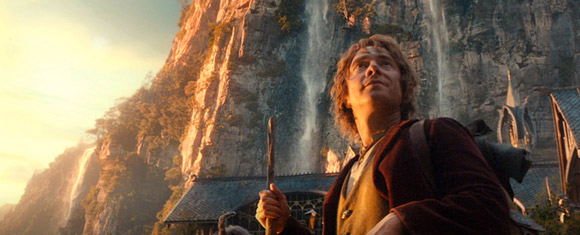
In an age where we have many channels through which we can digest entertainment it is perhaps inevitable that storytelling keeps getting more engaging. The edges between platform, media and gameplay are blurring. Fiction and reality are combining to form a new hybrid. A form of storytelling that impacts directly on your life.
Actors of your favourite action show performing a scene right in front of your eyes on the streets of London like a flashmob, to supplement a plot point in the show. Playing a video game of your favourite sci-fi show so that you can feel what it is like to be the main character. Interacting with your favourite soap opera drama to help determine what the plot outcome will be. These are all possible examples of transmedia.
It’s nothing new. The phrase was first coined in 1991 but variations of the technique were being used earlier. The 8-bit computer game Elite in 1984 came bundled with a novella called The Dark Wheel which immersed you in the world of the game before you played it (very clever as the game was only depicted using wireframe graphics). Small examples like this are quite prevalent, but it has become more and more intricate over the years.
The Blair Witch Project in 1999 is a famous example which could be classed as transmedia where they placed spoof ‘missing’ posters on billboards to raise awareness of the characters which they pretended were real. They also published a dossier of one of the main characters that people could read to learn more. This helped paint a richer world and made what was a low budget film seem to be something bigger than what it actually was.
Transmedia seems to be a hot topic right now, perhaps as the public has a much greater appetite for multi channel consumption helped in no small part by the second screen phenomenon. The biggest hyped transmedia project right now is the brand new TV show/game Defiance which aired last week. This is being made concurrently as a TV show and a video game which allows you to explore the world depicted in the TV show.
The reboot of Hawaii 5-0 also recently did a Choose Your Own Adventure style venture where they allowed the audience to determine the final ending by voting on Twitter.
But it doesn’t all have to be the latest social media techniques. Doctor Who recently aired an episode where one of the characters was reading a book and this book held clues to part of the storyline. The BBC has now published this book as an eBook for viewers to read and help understand some of the backstory to that episode.
Transmedia is spreading. The balance, however, has to be struck. The more channels you use or the more tactile or interactive you make these channels then the more real and immersive your world becomes. Too many channels and you risk spreading the story too thin, and at the end of the day you still have to have a great story otherwise no-one will keep tuning in. But if done well it can bring the story to life and immerse your audience ever more into your fictional world.
I’m excited to see what other storytelling methods will be used and what new technologies will help to enhance these even more.
(This blog was also posted on LEWIS 360 – http://blog.lewispr.com/2013/04/transmedia-the-future-of-storytelling.html)
Image source - http://www.defiance.com/


